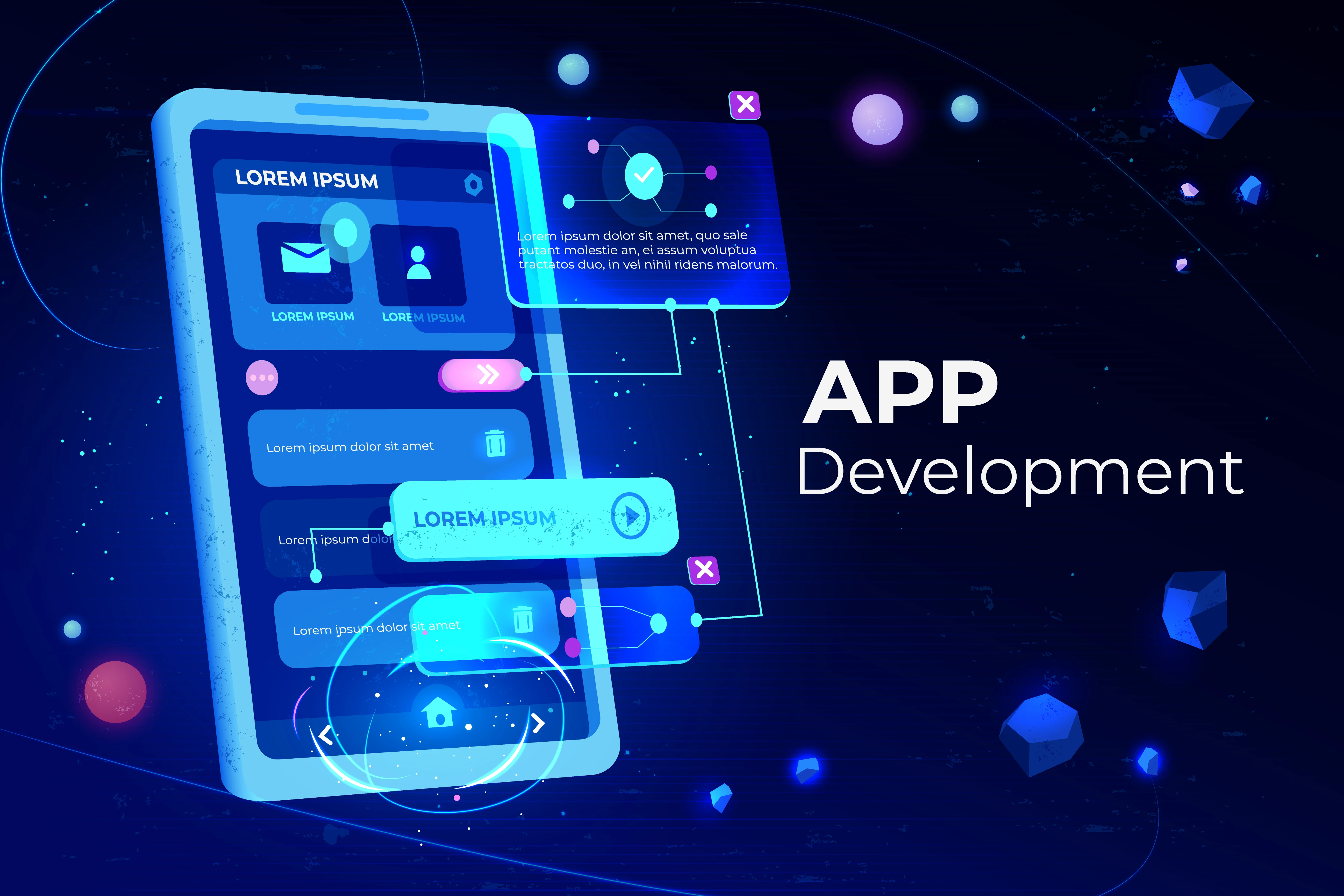Building Accessible Web Applications
Accessibility is an essential aspect of modern web development. In this article, we'll explore best practices to ensure your applications are usable by everyone, including individuals with disabilities.
What is Web Accessibility?
Web accessibility means that websites, tools, and technologies are designed and developed so that people with disabilities can use them. This includes those who have visual, auditory, motor, or cognitive impairments.
Why Accessibility Matters
- Expands your audience reach to include people with disabilities.
- Improves SEO and overall site usability.
- Complies with legal requirements in many regions.
1. Use Semantic HTML
Semantic tags such as <nav>, <main>, <article>, and <footer> help screen readers and assistive technologies understand the layout and structure of your web pages.
2. Provide Text Alternatives
Use alt attributes on images to describe their content. For icons or decorative images, use an empty alt="" to skip them for screen readers.
3. Ensure Keyboard Navigation
Make sure all interactive elements like buttons, links, and form fields are accessible via keyboard. Use logical tab ordering and highlight focus states.
4. Use ARIA Roles When Necessary
ARIA (Accessible Rich Internet Applications) roles, properties, and states can enhance accessibility, especially for dynamic content. Use them carefully and only when semantic HTML doesn't suffice.
5. Test with Screen Readers
Use tools like NVDA, JAWS, or VoiceOver to experience your site the way a screen reader user would. This helps you identify areas that might be confusing or inaccessible.
6. Maintain Sufficient Color Contrast
Use high contrast between text and background to ensure readability. Tools like the WebAIM Color Contrast Checker can help validate this.
7. Form Accessibility
- Label each input clearly with
<label>elements. - Provide helpful error messages and use
aria-describedbyfor additional context. - Group related fields with
<fieldset>and<legend>.
Conclusion
Making your web applications accessible is a crucial responsibility for developers. It not only improves the experience for users with disabilities but also benefits all users by promoting clarity, usability, and inclusiveness.
Written by Anumeet Kumar – October 22, 2022 · 6 min read
